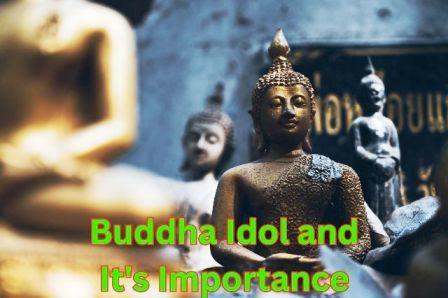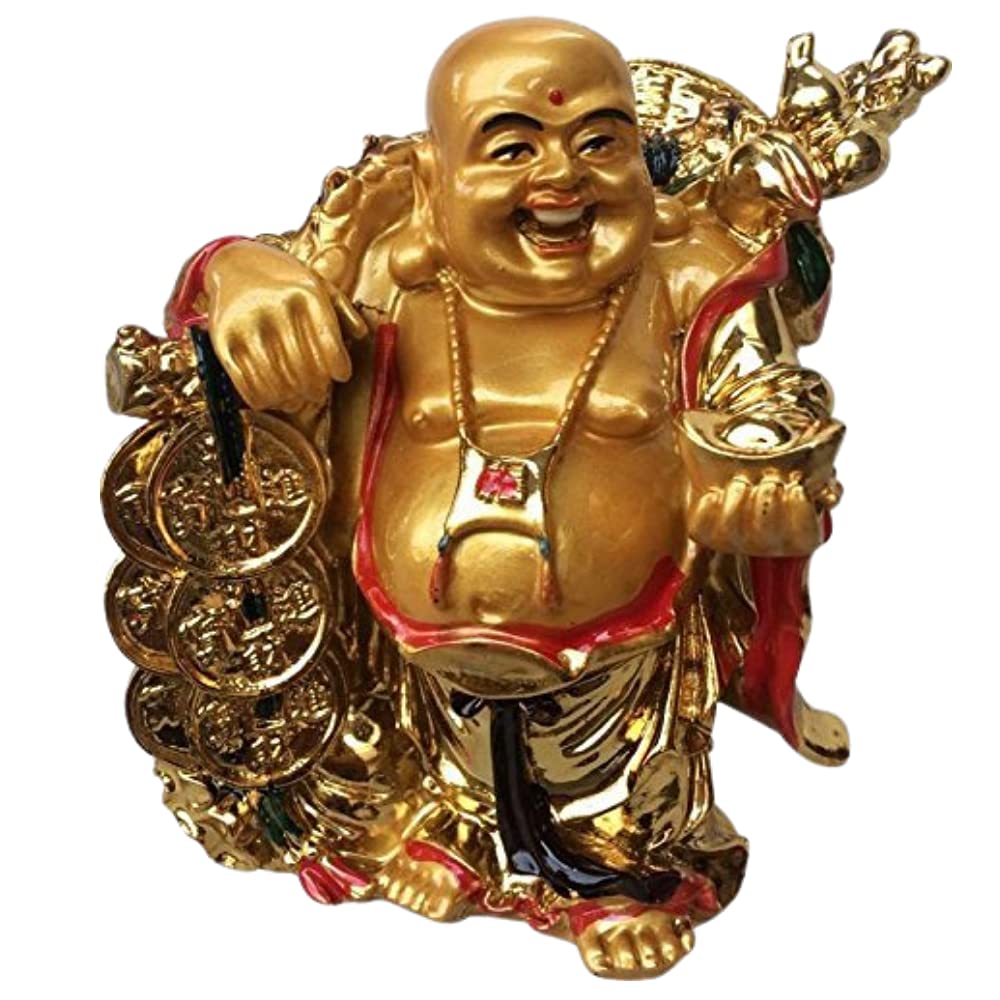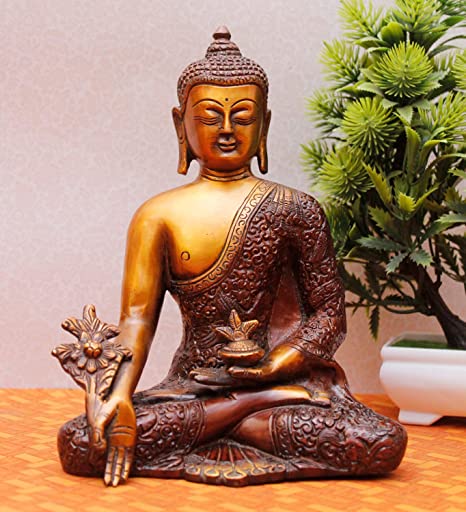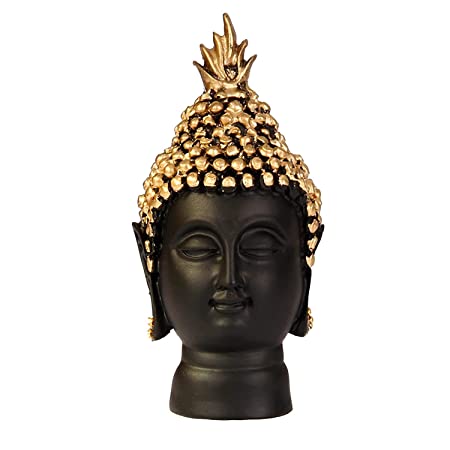The History of Buddha Idol.
The Buddha idol has a rich history that dates back to the 3rd century BCE. The first Buddha statue was created during the reign of the Maurya Empire in India. Since then, the Buddha idol has spread to different parts of the world, and it has become a symbol of peace and enlightenment.
Table of Contents
- The History of Buddha Idol.
- Significance of Buddha idols.
- Types of Buddha idols.
- Materials used to make Idols.
- Benefits of Having a Buddha Idol.
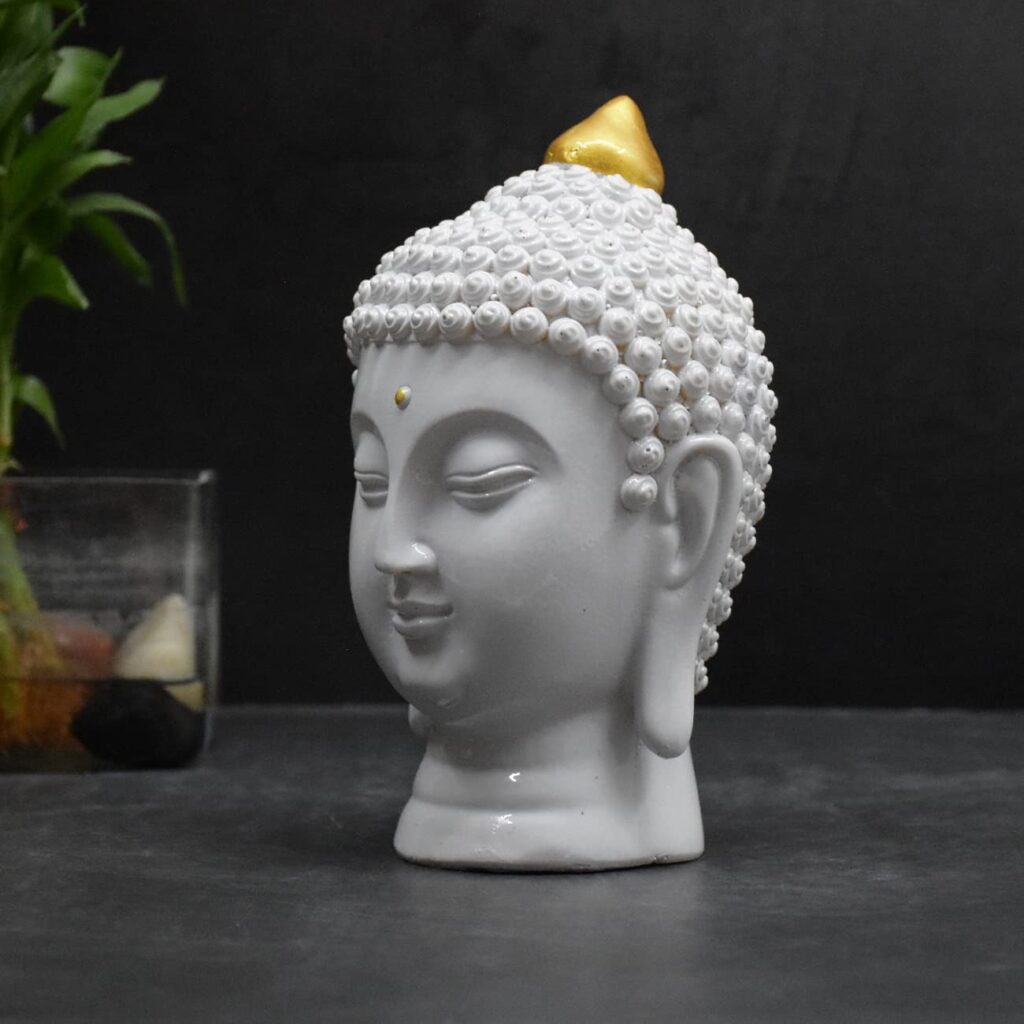
Significance of Buddha idols.
Buddha idol is a symbol of peace, calm, and tranquility. It is a representation of the enlightened one, who has attained Nirvana, the ultimate goal of Buddhism. The popularity of the Buddha idol has spread all over the world, and people from all walks of life are now embracing this symbol of spiritual growth.
Buddha idols are a physical manifestation of the Buddha’s teachings and represent his spiritual presence in the lives of his followers. These idols are created in various forms and poses, each with its unique symbolism and meaning.
One of the most common poses of Buddha idols is the meditation pose or the Padmasana. In this pose, the Buddha is depicted sitting cross-legged with his hands resting on his lap in a meditative state. This pose represents the Buddha’s focus and concentration during his years of meditation and is a reminder to his followers to practice mindfulness and meditation in their daily lives.
Another popular pose of Buddha idols is the teaching pose or the Dharmachakra mudra. In this pose, the Buddha is depicted sitting with his legs crossed and his right hand raised in a gesture of teaching while his left hand rests on his lap. This pose represents the Buddha’s role as a teacher and mentor and is a symbol of the importance of knowledge and wisdom in the Buddhist religion.
Buddha statues have also played a significant role in the spread of Buddhism around the world. These idols have been carried by Buddhist missionaries and travelers to various parts of the world, and have helped to introduce people to the teachings and philosophy of Buddhism.
we need to understand the significance of Buddha idols and their role in Buddhism. Buddha idols, also known as Buddha statues, are a representation of the teachings of Buddha. They are often used as an aid in meditation and are considered sacred in many Buddhist communities. These idols come in various shapes and sizes and are made from a variety of materials, including bronze, wood, and stone.
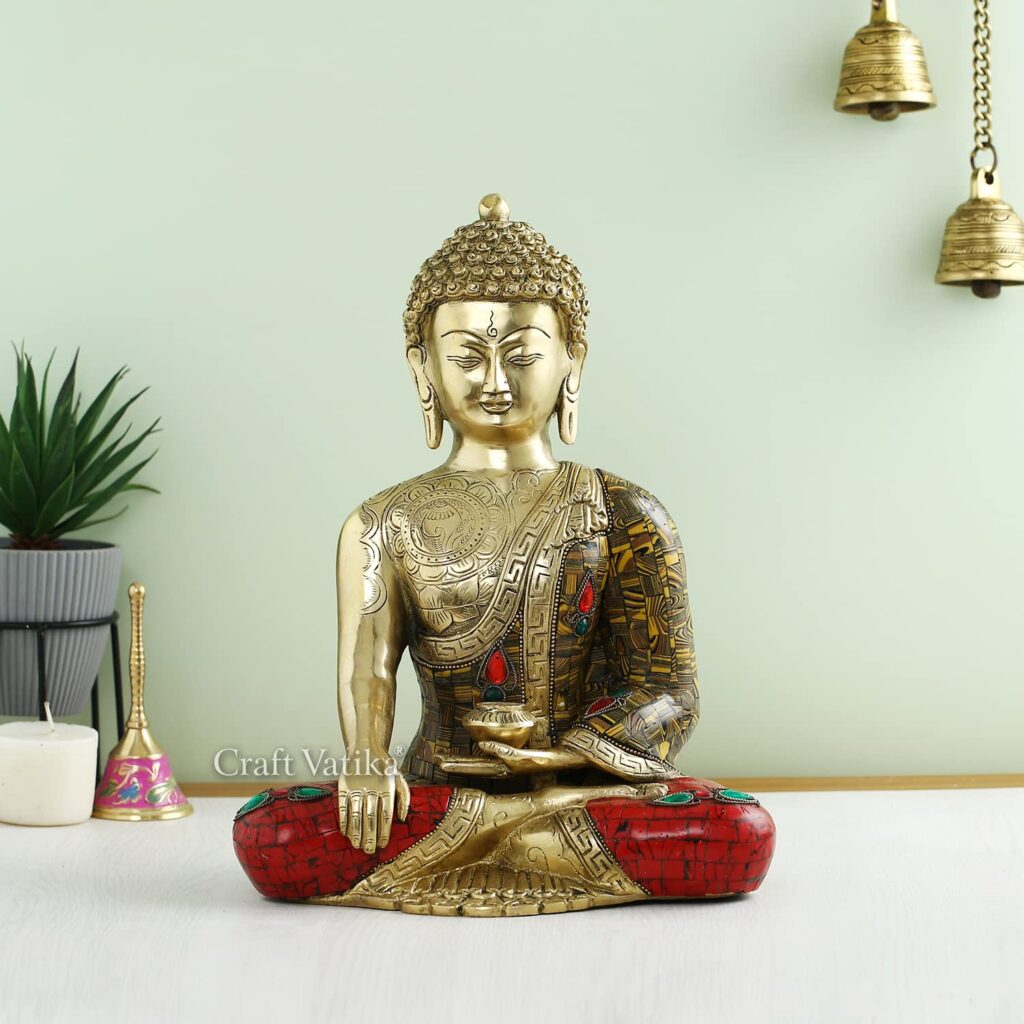
Types of Buddha idols.
Now, let’s dive into the different types of Buddha idols that are available in the market. The most popular ones include Laughing Buddha, Medicine Buddha, and the Buddha Head. Each of these idols has its unique significance and purpose.
- Laughing Buddha, also known as the Happy Buddha, the Laughing Buddha, how he brings joy to our hearts and smiles to our faces. His round belly and jolly demeanor are a symbol of happiness and abundance, a reminder to us all that life is meant to be enjoyed.
The Laughing Buddha, also known as Budai or Hotei, is not actually a representation of the historical Buddha, but rather a popular figure in Chinese folklore. He is often depicted with a cloth bag slung over his shoulder, filled with sweets and treats that he shares with those he meets along the way.
His jovial nature and carefree attitude serve as an inspiration to us all, encouraging us to live in the present moment and embrace the joy that life has to offer. He reminds us that true wealth and abundance come not from material possessions, but from the love and laughter we share with those around us.
The Laughing Buddha is also a symbol of good luck and prosperity. Many people believe that rubbing his belly will bring good fortune and happiness into their lives. His presence in our homes or workplaces can bring a sense of positivity and lightness, helping to alleviate stress and anxiety.
Beyond his physical appearance, the Laughing Buddha represents a state of mind, a way of being in the world. He embodies the concept of contentment, the idea that true happiness comes from within, regardless of our external circumstances.
Through his infectious laughter and open heart, the Laughing Buddha reminds us to find joy in the simple pleasures of life, to appreciate the beauty that surrounds us, and to cultivate a sense of gratitude for all that we have.
In a world that often feels heavy and burdensome, the Laughing Buddha offers a ray of hope, a beacon of light that reminds us that even in the darkest of times, there is always something to smile about.
So let us embrace the spirit of the Laughing Buddha, let us cultivate joy and gratitude in our lives, and let us share that joy with those around us. For in doing so, we honor the spirit of the Laughing Buddha and embody the essence of his message – that life is a gift to be cherished, and that laughter truly is the best medicine.
- On the other hand, the Medicine Buddha is a symbol of healing and is often associated with the practice of medicine. The Medicine Buddha statue is often depicted holding a bowl of medicine and a lotus flower.
The Medicine Buddha, with his serene countenance and healing touch, is a powerful symbol of compassion, wisdom, and healing. His teachings offer a path to wellness and wholeness, not just for the body, but also for the mind and spirit.
The Medicine Buddha is often depicted with a blue-colored body, holding a bowl of healing nectar in his left hand and a stem of the myrobalan plant in his right. He sits on a lotus throne, surrounded by a radiant aura of light.
As we gaze upon the Medicine Buddha, we are drawn into his peaceful presence, and feel a sense of comfort and reassurance. His very presence is a balm for our souls, reminding us that no matter what challenges we may face, we are never alone.
The Medicine Buddha teaches us that true healing begins from within, and that the mind and body are interconnected. He offers us a path to healing that involves cultivating inner peace and clarity, letting go of harmful thoughts and emotions, and nurturing a sense of compassion and kindness towards ourselves and others.
Through his teachings and healing touch, the Medicine Buddha reminds us that we all have the potential to heal ourselves and others. His teachings offer us a roadmap to wellness, guiding us towards a state of wholeness and balance that extends far beyond the physical body.
When we invoke the Medicine Buddha, we open ourselves up to the power of his healing energy, allowing it to flow through us and heal any imbalances or dis-ease we may be experiencing. We connect with the source of all healing and tap into the infinite wellspring of compassion and wisdom that lies within us all.
In a world that often feels fractured and disconnected, the Medicine Buddha offers us a sense of connection and belonging, reminding us that we are all part of a larger whole, and that our individual healing is intertwined with the healing of the planet as a whole.
So let us call upon the Medicine Buddha, and allow his healing energy to flow through us, cleansing and purifying us on all levels of our being. Let us embody his teachings of compassion, wisdom, and healing, and share that healing energy with those around us.
For in doing so, we honor the spirit of the Medicine Buddha and embody the essence of his message – that true healing comes from within, and that we all have the power to heal ourselves and others, to create a world that is filled with compassion, wisdom, and healing.
The Buddha Head statue, on the other hand, is a representation of the Buddha’s wisdom and enlightenment. It is often depicted with a serene expression and a topknot on its head. This statue is popularly used as a decorative piece and is often seen in homes and gardens.
The Buddha head statue, with its serene expression and timeless beauty, is a powerful symbol of the teachings of the Buddha. It serves as a reminder of the wisdom, compassion, and enlightenment that he embodied, and inspires us to cultivate those qualities within ourselves.
The Buddha head is often depicted with a peaceful expression, with closed eyes and a gentle smile that conveys a sense of deep inner peace and tranquility. Its elongated ears symbolize the Buddha’s ability to hear the cries of the suffering, while its ushnisha or crown symbolizes his attainment of enlightenment.
As we gaze upon the Buddha head, we are drawn into its tranquil presence, and feel a sense of calm and stillness. It reminds us to slow down, to breathe deeply, and to connect with the present moment. It offers us a moment of respite from the busyness and chaos of everyday life, and invites us to tap into our inner wisdom and intuition.
The Buddha head is not just a symbol of the Buddha’s teachings, but also of our own potential for spiritual growth and transformation. It reminds us that we too have the ability to cultivate inner peace, wisdom, and compassion, and to attain a state of enlightenment.
Through the Buddha head, we connect with the timeless wisdom of the Buddha, tapping into his teachings of mindfulness, compassion, and non-attachment. It offers us a pathway to greater self-awareness and self-discovery, helping us to overcome our fears and doubts, and to cultivate a deeper sense of connection with ourselves and others.
The Buddha head is also a symbol of beauty and grace, reminding us of the infinite potential for beauty and grace within ourselves and the world around us. It serves as a reminder to appreciate the beauty in all things, to be present in the moment, and to cultivate a sense of gratitude for all that we have.
So let us honor the spirit of the Buddha head, and allow its serene presence to inspire us to cultivate greater mindfulness, compassion, and wisdom in our lives. Let us embrace our own potential for spiritual growth and transformation, and tap into the timeless wisdom of the Buddha to guide us on our journey towards greater inner peace and enlightenment.
For in doing so, we honor the spirit of the Buddha head and embody the essence of his message – that we are all capable of cultivating inner peace, wisdom, and compassion, and that we all have the potential to attain a state of enlightenment, and to bring greater beauty and grace into the world.
Materials used to make Idols.
Now that we have covered the different types of Buddha idols, let’s move on to the different materials used to make them. Bronze, wood, and stone are the most common materials used to create Buddha statues. Bronze statues are popular because of their durability and intricate designs. Wooden statues, on the other hand, are popular because of their natural feel and warm color. Lastly, stone statues are popular because of their rustic charm and unique patterns.
The first thing to consider when choosing a Buddha idol is the material it is made of. Each material has its unique characteristics and benefits, so it is crucial to choose one that suits your needs.
Stone Buddha idols are ideal for those seeking a more traditional look. They are solid, heavy, and have a timeless beauty that is hard to replicate with other materials. However, they are not as versatile as wooden or bronze statues and can be challenging to move around.
Wooden Buddha idols are popular because they are lightweight and easy to move around. They are also available in a wide range of styles and sizes, making them a versatile option for any home or office. However, they require regular maintenance and can be susceptible to damage if not cared for correctly.
Bronze Buddha idols are perfect for those looking for a more permanent option. They are sturdy, durable, and require minimal maintenance. Additionally, bronze statues can develop a beautiful patina over time, adding to their character and charm.
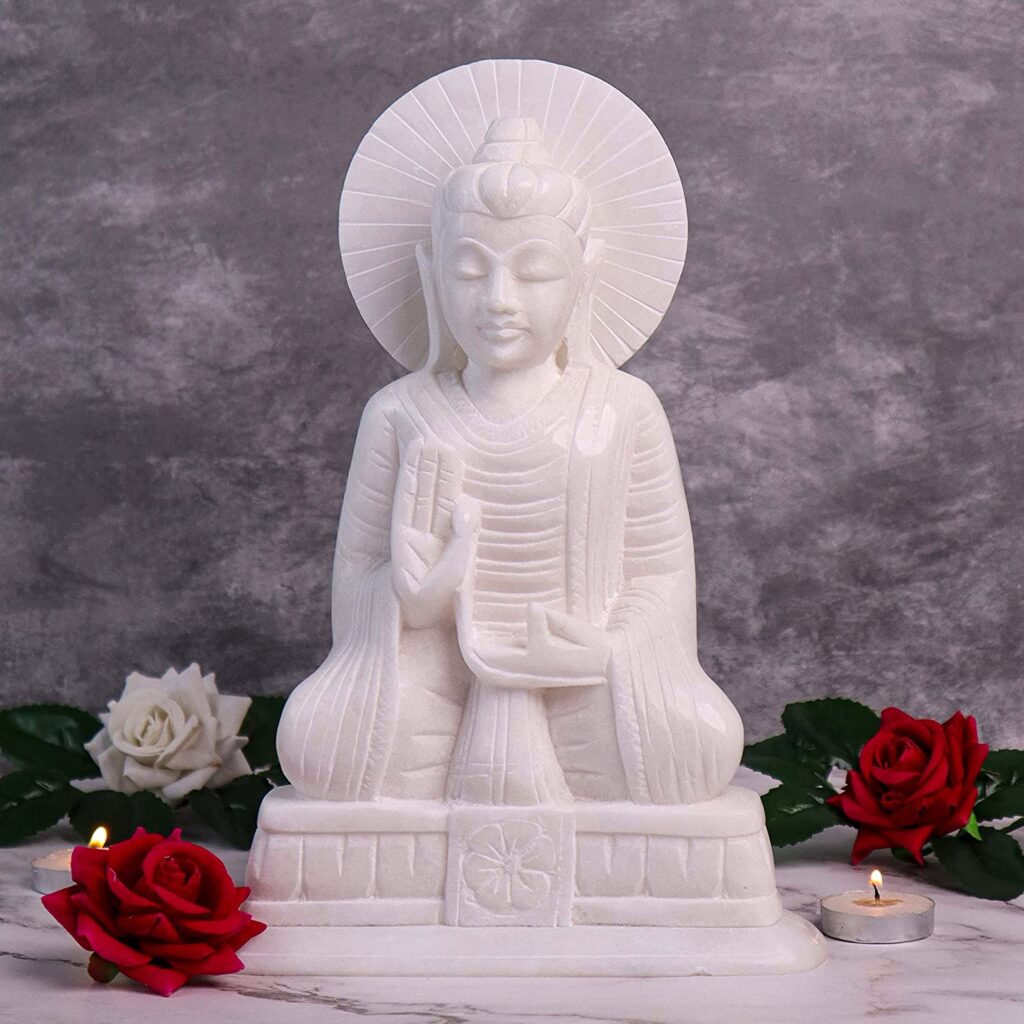
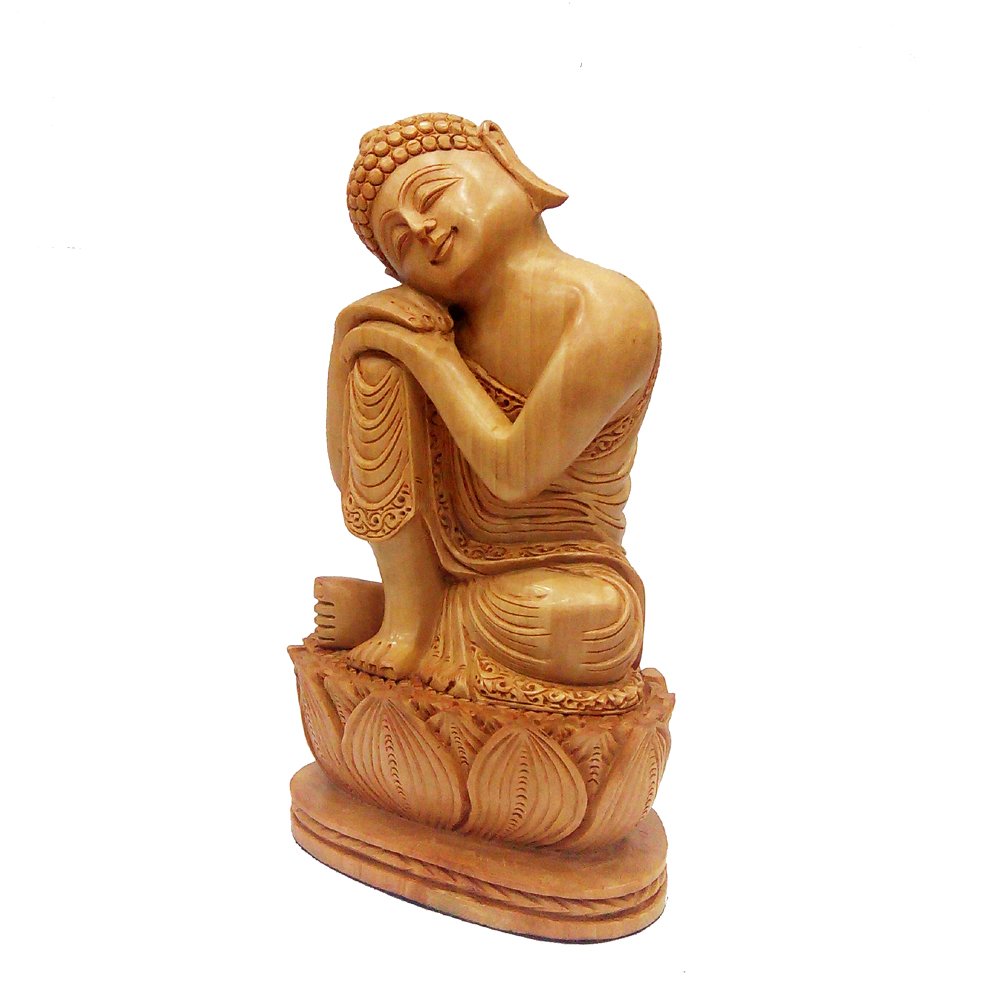
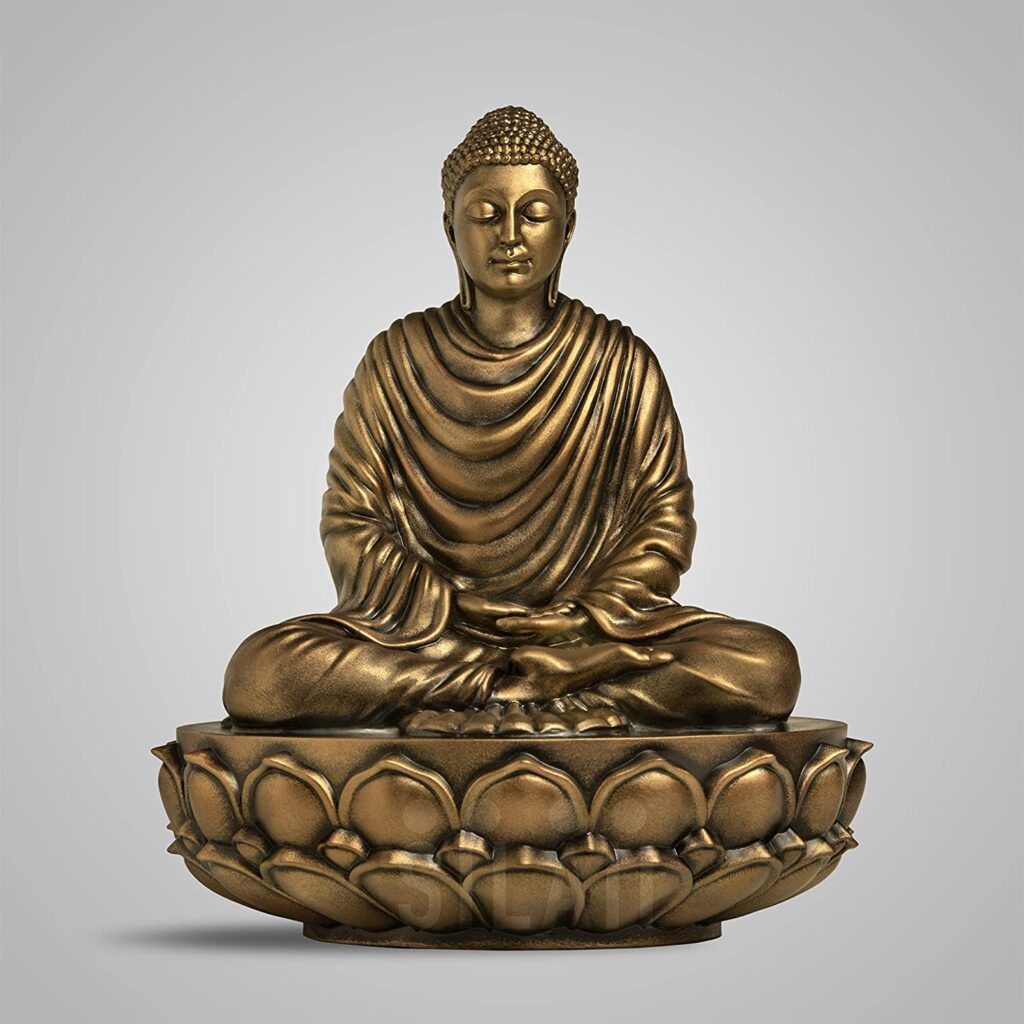
Benefits of Having a Buddha Idol.
The Buddha idol is more than just a decorative piece; it has many benefits that can positively impact your life. Here are some of the benefits of having a Buddha idol:
- Promotes Peace and Tranquility.
The Buddha idol is a symbol of peace and tranquility. It reminds us to stay calm and composed in every situation, just like the Buddha did.
- Improves Concentration and Focus.
Having a Buddha idol in your meditation room can improve your concentration and focus. It reminds you to stay focused on your meditation practice and not get distracted by external factors.
- Enhances Decor.
The Buddha idol is a beautiful piece of art that can enhance the decor of any room. It adds a touch of peace and mindfullness.

